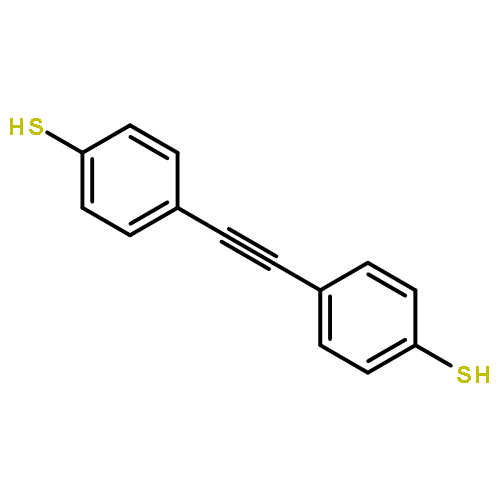Co-reporter: Yong Chen, Jia-Qiang Ren, Xia-Guang Zhang, De-Yin Wu, Ai-Guo Shen, and Ji-Ming Hu
pp: 6115
Publication Date(Web):May 25, 2016
DOI: 10.1021/acs.analchem.6b01374
The alkyne tags possess unique interference-free Raman emissions but are still hindered for further application in the field of biochemical labels due to its extremely weak spontaneous Raman scattering. With the aid of computational chemistry, herein, an alkyne-modulated surface-enhanced Raman scattering (SERS) palette is constructed based on rationally designed 4-ethynylbenzenethiol derivatives for spectroscopic signature, Au@Ag core for optical enhancement and an encapsulating polyallylamine shell for protection and conjugation. Even for the pigment rich plant cell (e.g., pollen), the alkyne-coded SERS tag can be highly discerned on two-dimension distribution impervious to strong organic interferences originating from resonance-enhanced Raman scattering or autofluorescence. In addition, the alkynyl-containing Raman reporters contribute especially narrow emission, band shift-tunable (2100–2300 cm–1) and tremendously enhanced Raman signals when the alkynyl group locates at para position of mercaptobenzene ring. Depending on only single Raman band, the suggested alkyne-modulated SERS-palette potentially provides a more effective solution for multiplex cellular imaging with vibrant colors, when the hyperspectral and fairly intense optical noises originating from lower wavenumber region (<1800 cm–1) are inevitable under complex ambient conditions.
